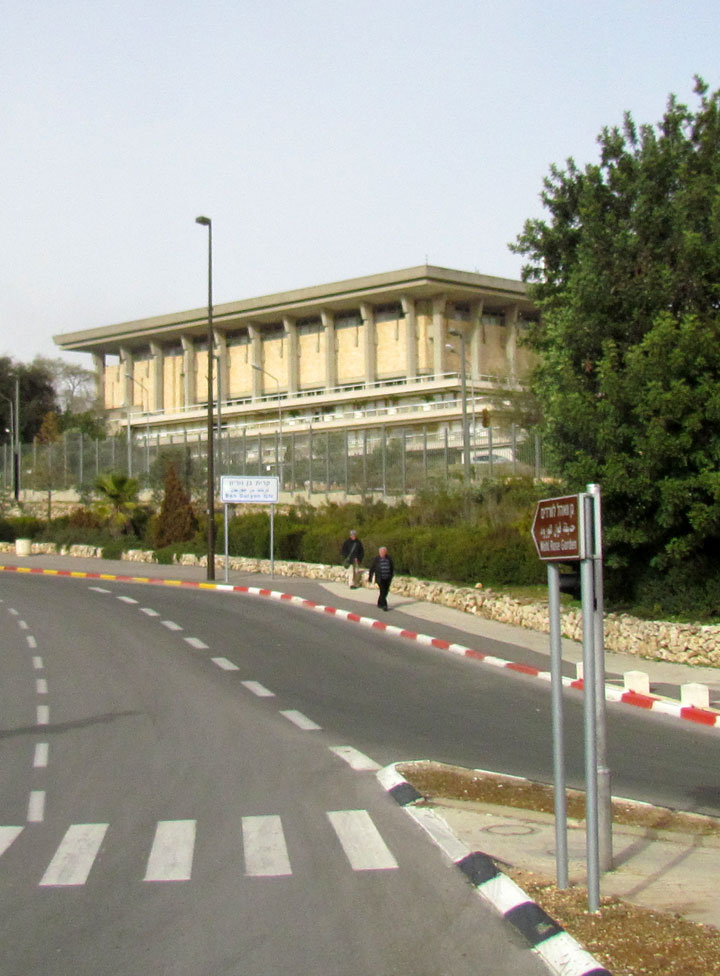

Israel Museum
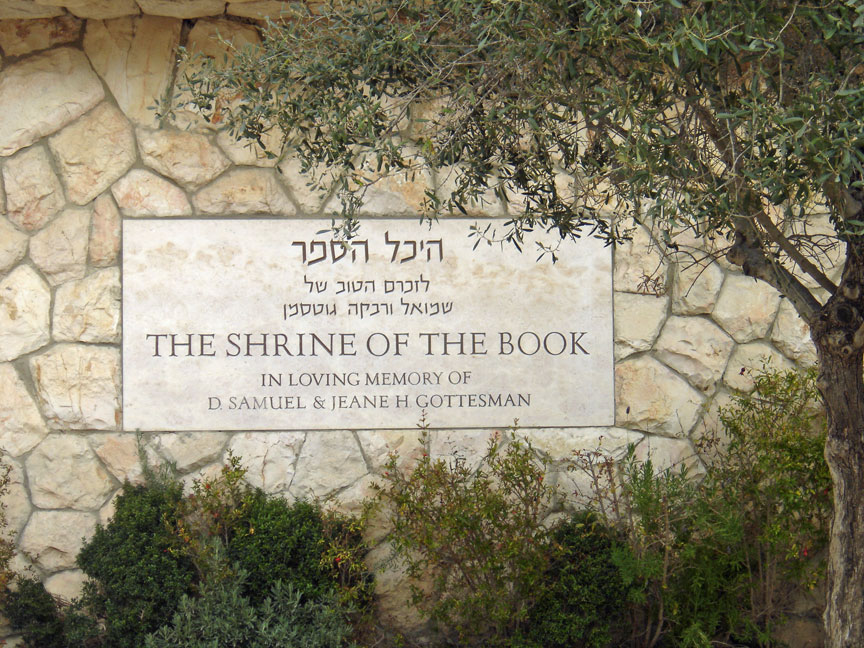
Shrine of the Book houses the Dead Sea Scrolls
The Israel Museum, Jerusalem (Hebrew: מוזיאון ישראל,ירושלים, Muze'on Yisrael, Yerushalayim) was founded in 1965 as Israel's national museum. It is situated on a hill in the Givat Ram neighborhood of Jerusalem, near the Knesset, the Israeli Supreme Court, and the Hebrew University of Jerusalem.
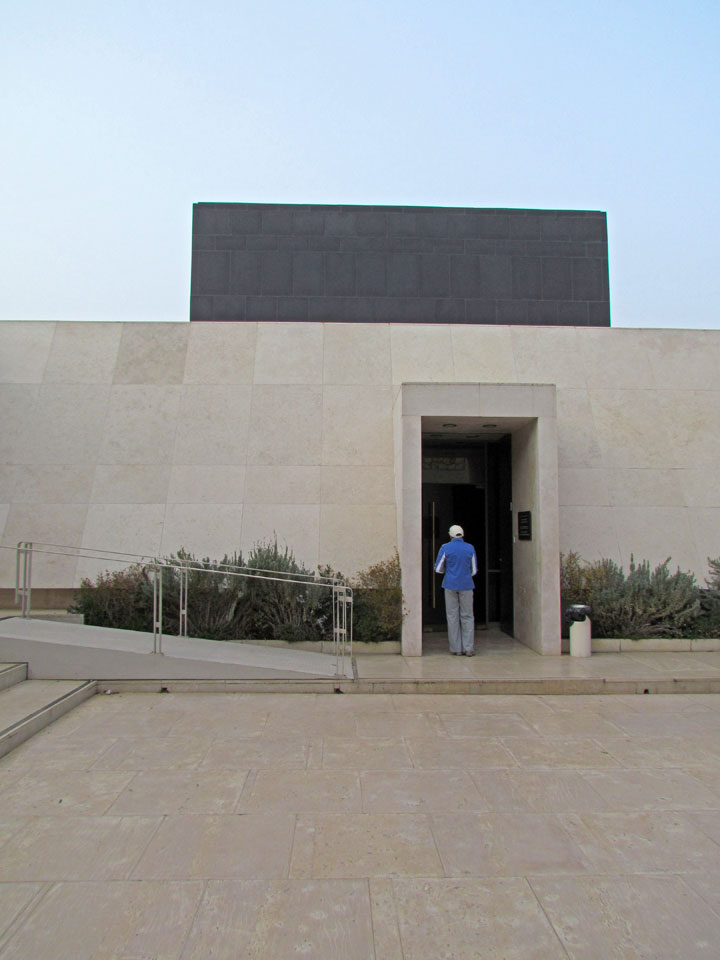
Jerusalem mayor Teddy Kollek was the driving spirit behind the establishment of
the museum, one of the leading art and archaeology museums in the world. The
Museum has extensive collections of biblical archaeology, Judaica, ethnography,
fine art, artifacts from Africa, North and South America, Oceania and the Far
East, rare manuscripts, ancient glass and sculpture. A uniquely designed
building on the grounds of the museum, the Shrine of the Book, houses the Dead
Sea Scrolls and artifacts discovered at Masada. The museum's holding include
500,000 objects with some 7,000 objects and works currently online.
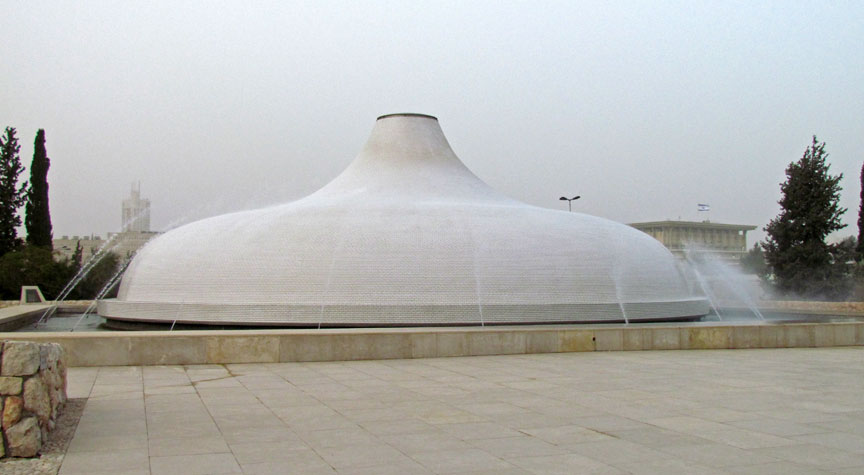
The director of the museum is James Snyder, former Deputy Director of the Museum
of Modern Art in New York, who was appointed in 1997. Mr. Snyder oversaw a
100 million dollar campaign to renovate the museum and double the gallery space.
The renewed museum opened on July 26 2010.
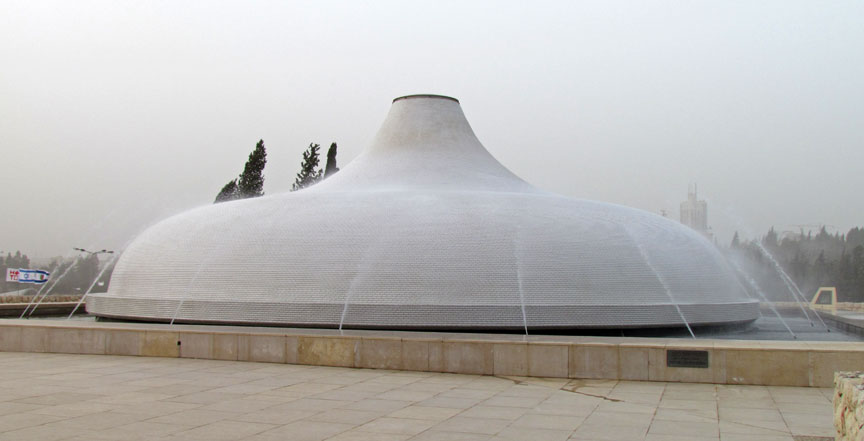
The museum covers nearly 50,000 sq. meters. It attracts 800,000 visitors a year
including 100,000 children to its Youth Wing. The Samuel Bronfman Biblical and
Archaeological Museum, which is a part of the museum complex, contains various
archaeological finds. It has the largest collection of artifacts from Israel in
the world.

Shrine of the Book houses the Dead Sea Scrolls
The Shrine of the Book houses the Dead Sea Scrolls, discovered 1947–56 in 11 caves in and around the Wadi Qumran. An elaborate planning process of seven years led to the building's eventual construction in 1965 which was funded by the family of David Samuel Gottesman, the Hungarian émigré, the philanthropist who had purchased the scrolls as a gift to the State of Israel.
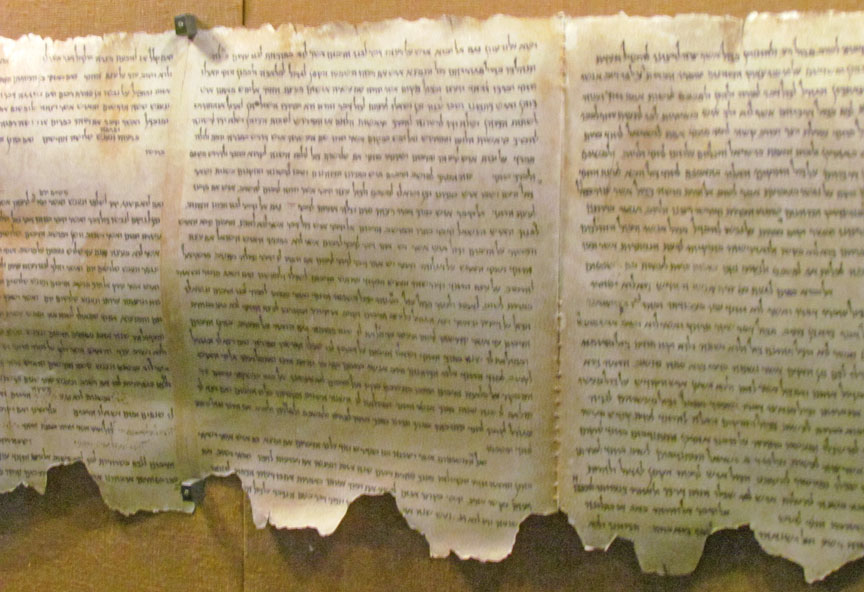
facsimile of a Dead Sea scroll
The shrine is built as a white dome, covering a structure placed two-thirds below the ground. The dome is reflected in a pool of water that surrounds it. Across from the white dome is a black basalt wall. The colors and shapes of the building are based on the imagery of the Scroll of the War of the Sons of Light Against the Sons of Darkness, whereas the white dome symbolizes the Sons of Light and the black wall symbolizes the Sons of Darkness. The interior of the shrine was designed to depict the environment in which the scrolls were found. There is also a permanent display on life in the Qumran, where the scrolls were written. The entire structure was designed to resemble a pot in which the scrolls were found. It was designed by Austrian architect Fredrick Kiesler and opened in 1965.
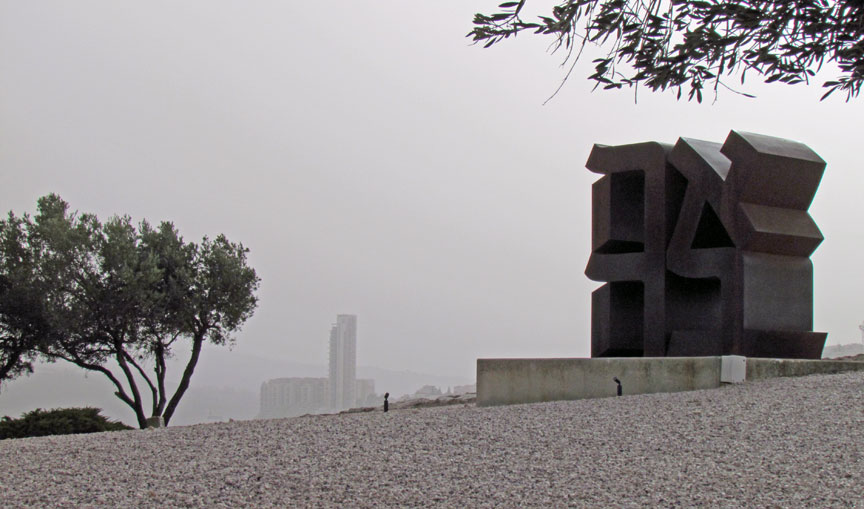
outdoor Art on a dust storm day
As the fragility of the scrolls makes it impossible to display all on a continuous basis, a system of rotation is used. After a scroll has been exhibited for 3–6 months, it is removed from its showcase and placed temporarily in a special storeroom, where it "rests" from exposure. The museum also holds other rare ancient manuscripts and displays The Aleppo Codex, which is from the 10th-century and is believed to be the oldest complete Bible in Hebrew.
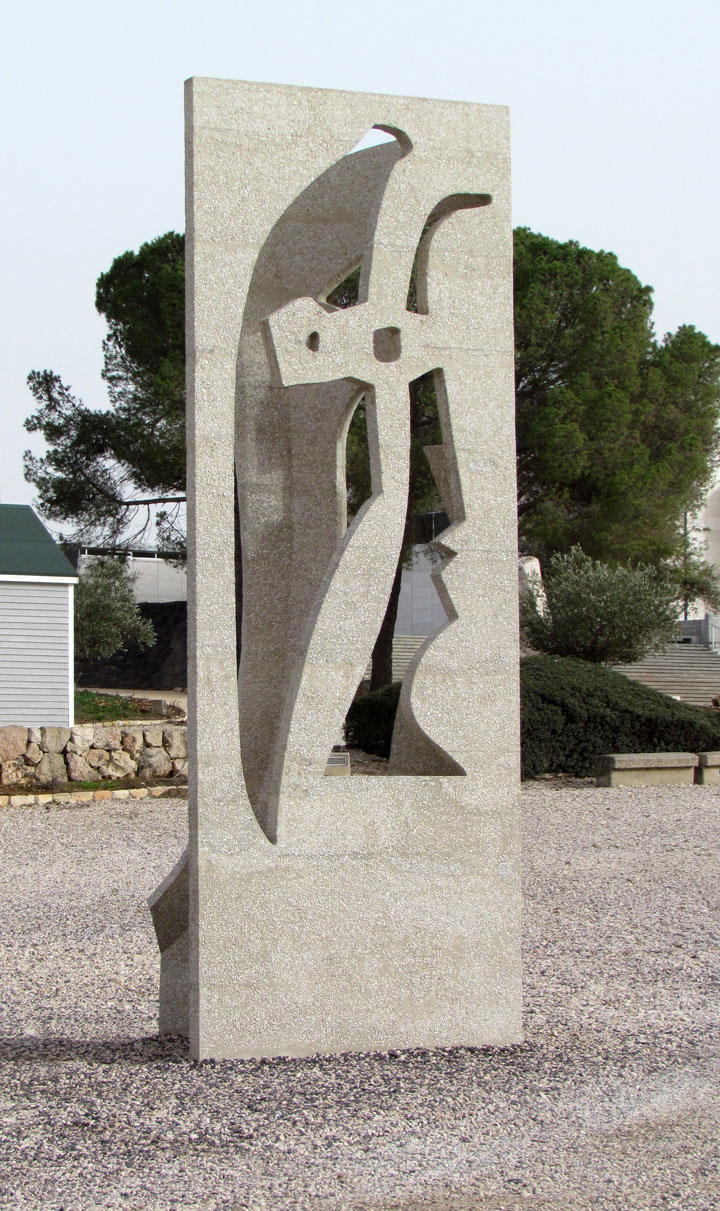
One of the recent additions to the Museum is the Second Temple Era model of
Jerusalem. The model reconstructs the topography and architectural character of
the city as it was prior to 66 CE, the year in which the Great Revolt against
the Romans erupted, leading to the eventual destruction of the city and the
Temple. Originally constructed on the grounds of Jerusalem’s Holyland Hotel, the
model, which includes a replica of the Herod's Temple, is now a permanent
feature of the Museum’s 20-acre (81,000 m2) campus, adjacent to the Shrine of
the Book.
Text from Wikipedia
Model of Old Jerusalem
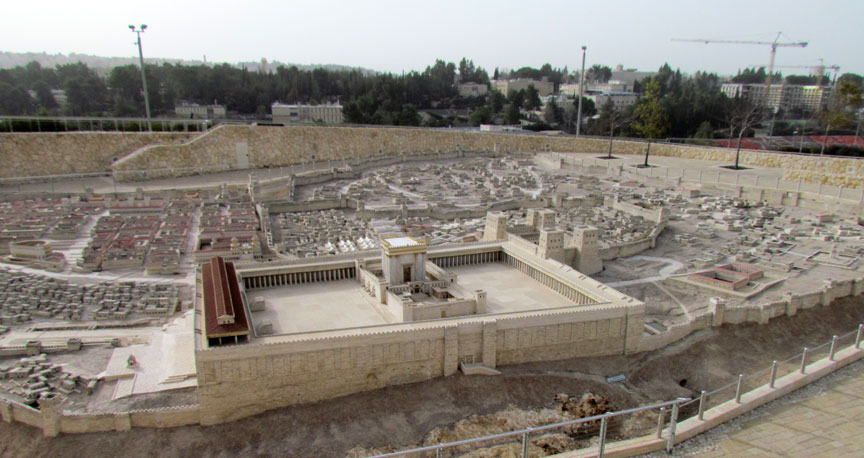
Jerusalem at Herod's time

Herold's Temple

temple detail
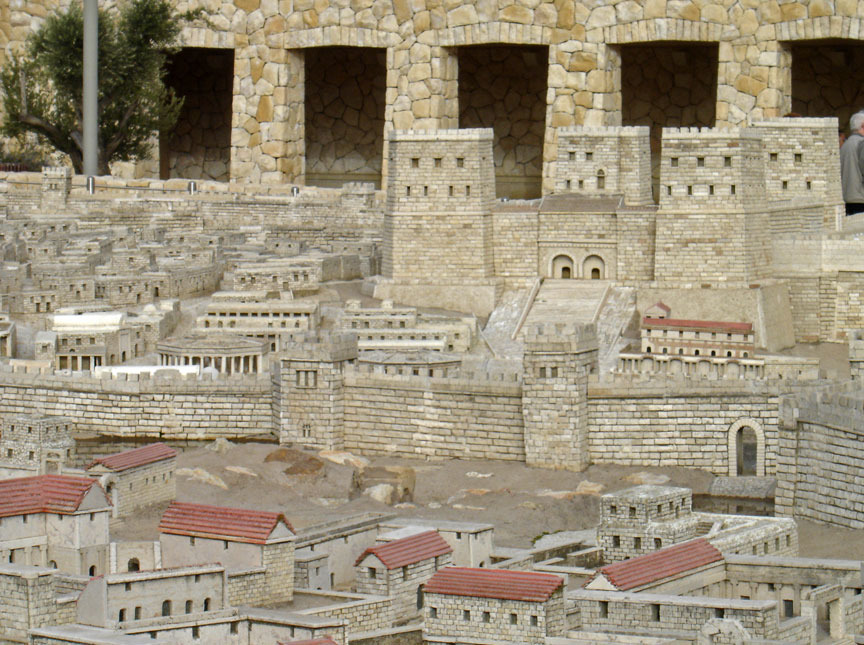
Antonia fortification
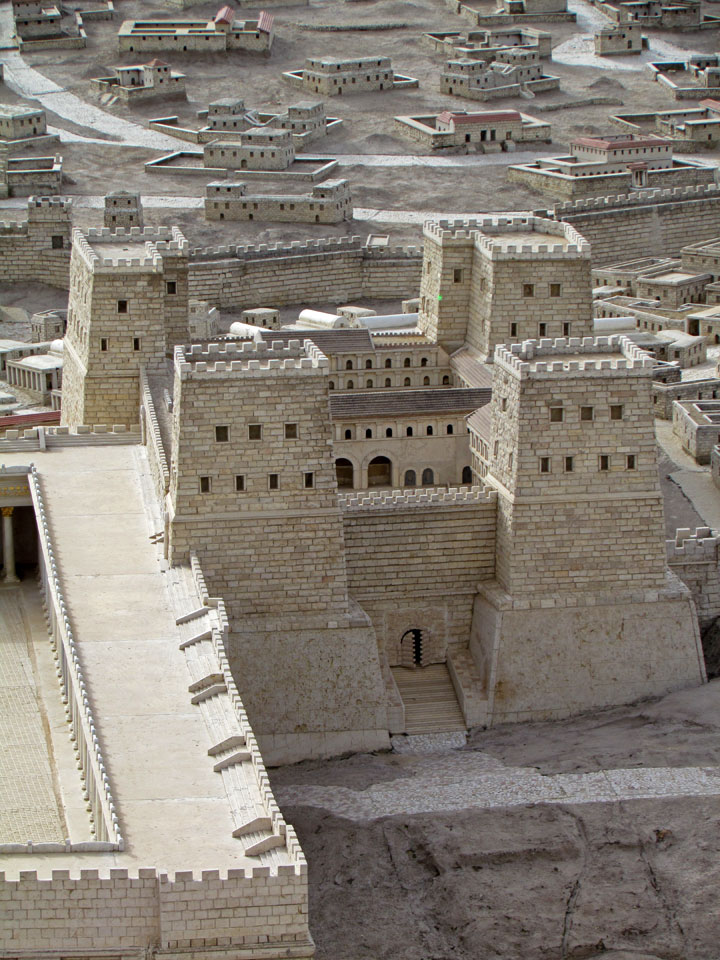
where Roman soldiers were garrisoned
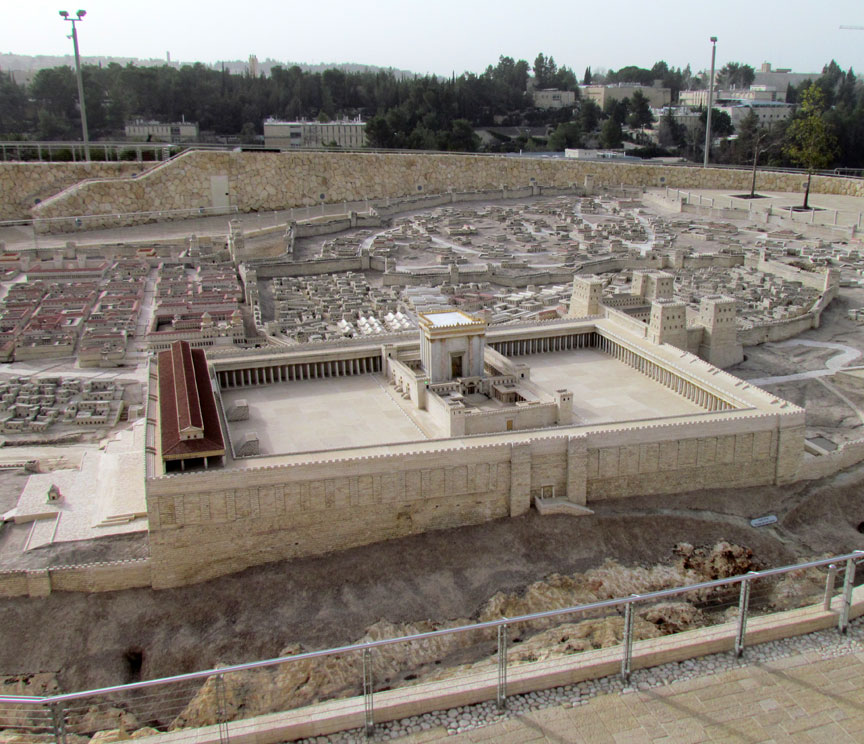

view toward the South Wall
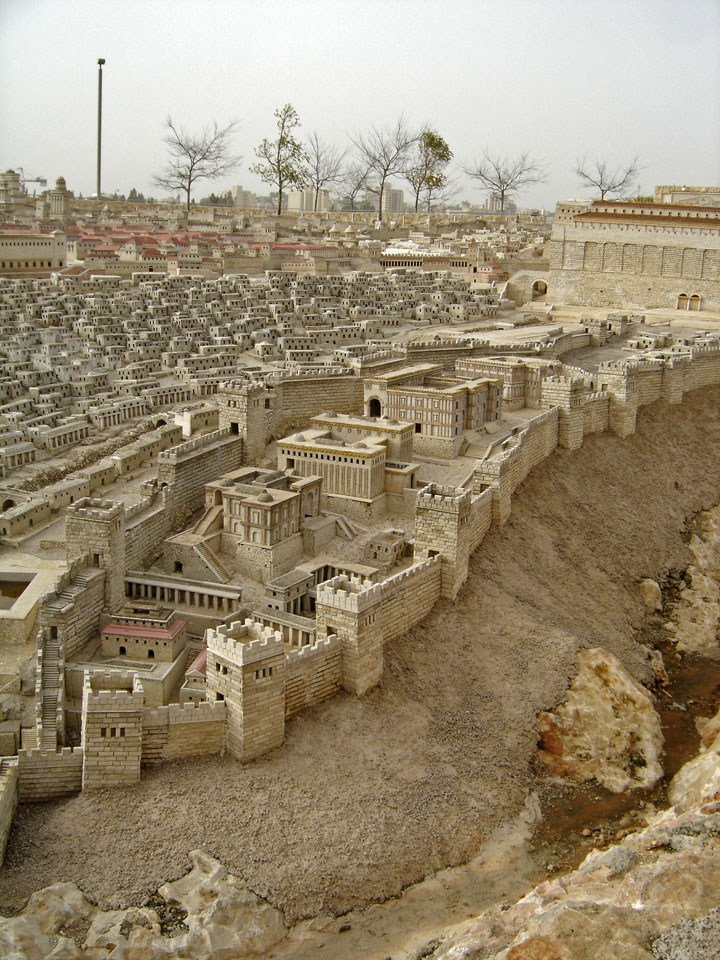
City of David
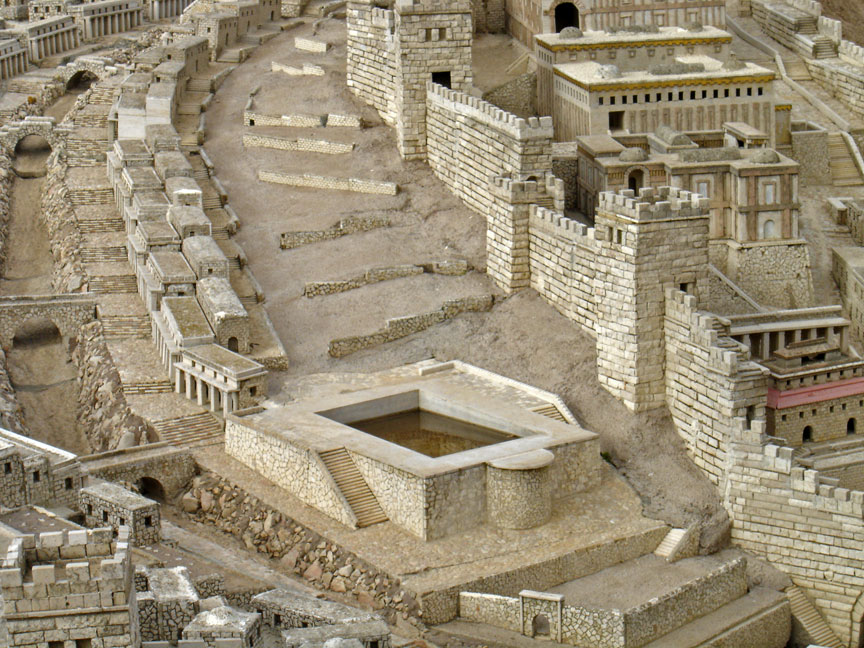
new detail of Gihon spring and the Pool of Siloam
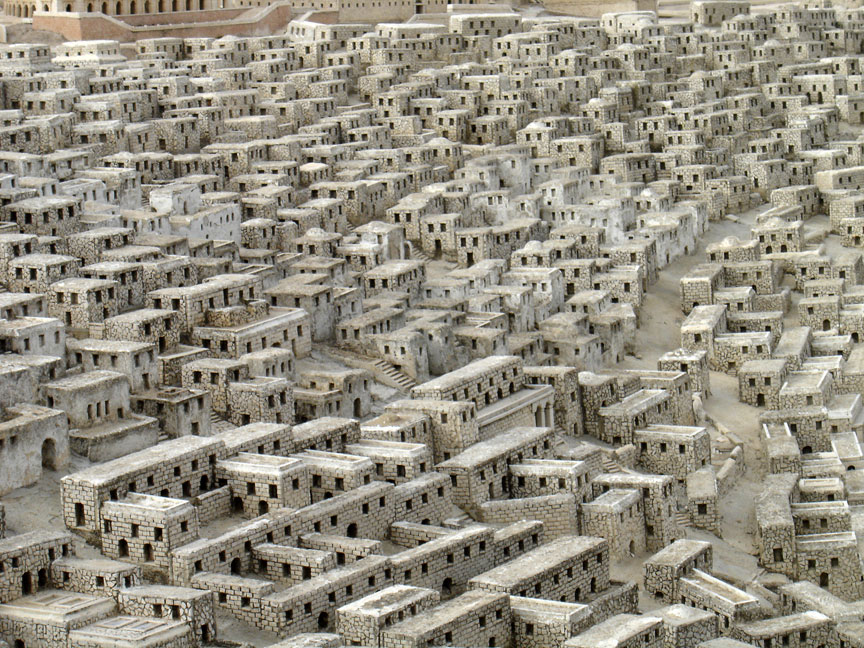
housing

Southern part of Old Jerusalem

Northern part of Old Jerusalem
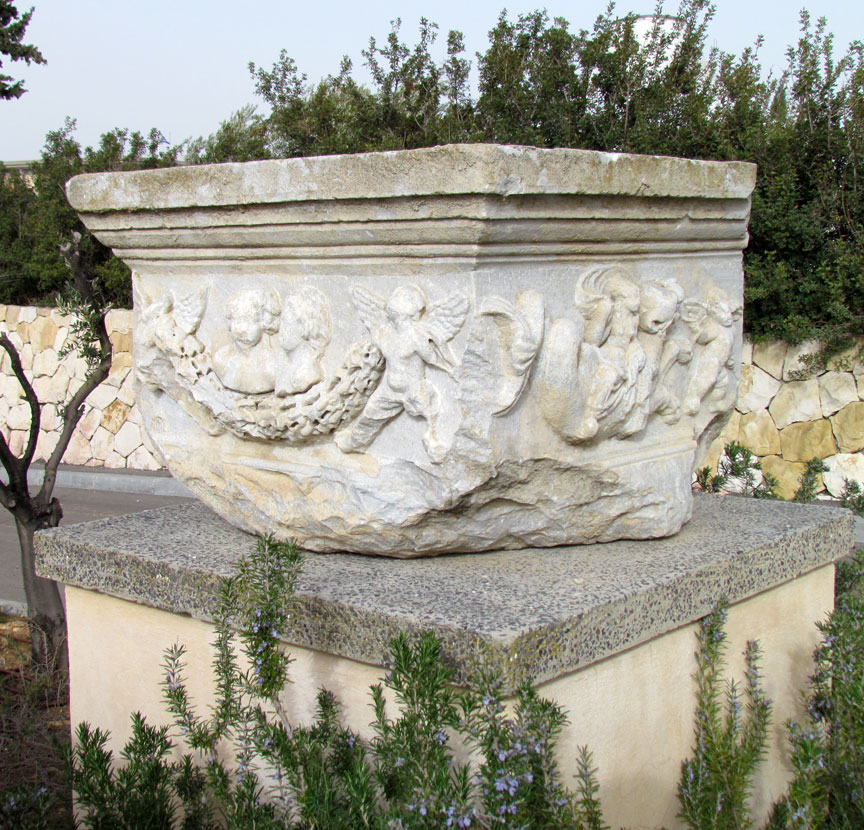
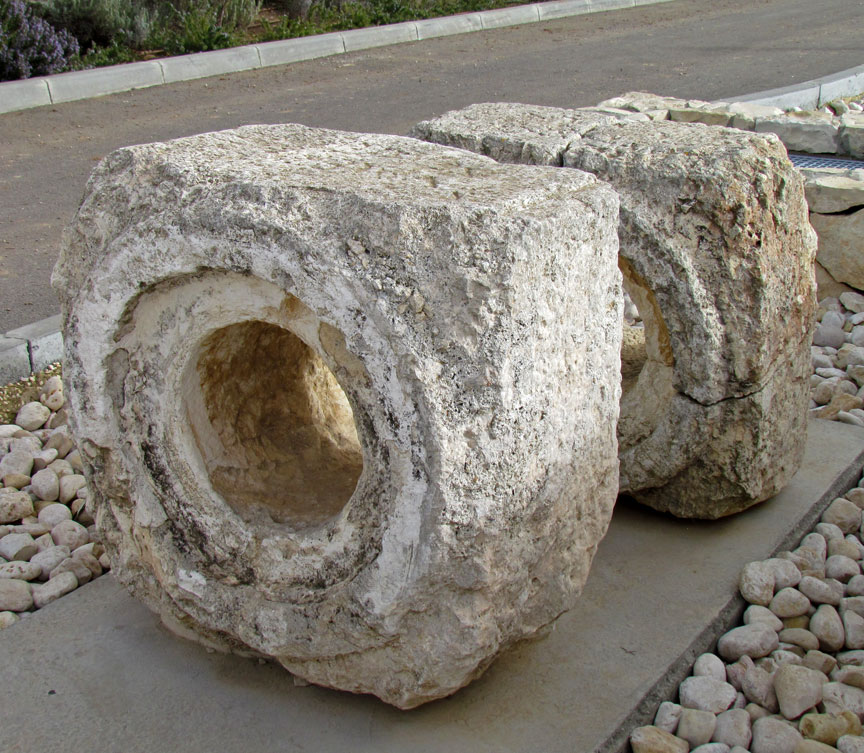

Knesset
